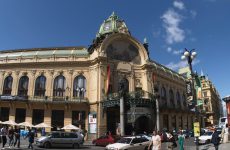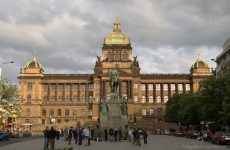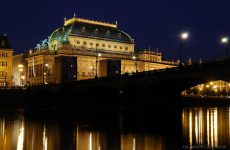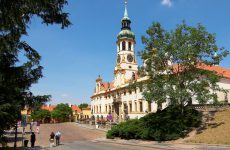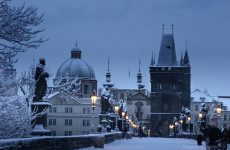City Prague
Capital city of Czechia, area: 496.21 km2, population: 1,275,406
Situated almost in the middle of the country and drawing on its eleven centuries long history, Prague (in Czech: Praha, German: Prag) prides itself on multiple epithets such as the “Queen of Cities”, the “City of a Hundred Spires” or the “Mother of all Cities”.
Although the population of Prague is less than one-eighth that of London, half of Rome’s and approximately a third of Berlin’s, Prague is in many ways more affordable, more visitor-friendly and, last but not least, cosier than many of the world’s other most popular cities.
Even with its popularity, Prague can successfully compete with larger, more well-known capital cities across the globe. Just a couple of examples: Prague is classified as an “Alpha” global city according to GaWC studies and was also ranked 14th in the Ultimate List of the Best Cities in the World to Visit in 2023. In the prestigious list of the World’s Best Cities, Prague ranked 11th, ahead of San Francisco, Hong Kong, Milan, Dublin and Bangkok, amongst others. The QS Best Student Cities Ranking for the current year placed Prague at 39th out of 140 cities worldwide.
Prague is the seat of the Czech Government and important state institutions, as well as the headquarters of many international companies.
With a very dense and reliable public transport system/network (metro, buses, tram) connecting all parts of the city, Prague is very easy to travel around. Time Out, the famous publisher of tourist guidebooks, recently presented a new study which found Prague to be the city with the second-best public transport system in the world according to the locals, just behind Berlin and ahead of Tokyo and Stockholm. Prague is connected with the world through its international airport and railway network.
Eclectic and multicultural, Prague offers not only a remarkable mix of architectural styles (Gothic, Renaissance, Baroque, Cubist etc.) but also a rich selection of museums, galleries, theatres, cinemas and concert halls that reflect its cultural wealth. Prague’s historical city centre has been on UNESCO’s list of World Heritage sites since 1992.
The main attractions for tourists in Prague are its historical monuments, gardens and parks, as well as multiple options in the food, drink and hospitality industries. Complementary with the safe environment, the city feels approachable and welcoming.
The most popular places to visit in Prague are Prague Castle, Saint Vitus’ Cathedral, Old Town Hall with its Astronomical Clock, Charles Bridge, the lookout tower on Petřín Hill, Wenceslas Square, the Lesser Town, Vyšehrad Castle, and many others.
For more inspiration, see:


